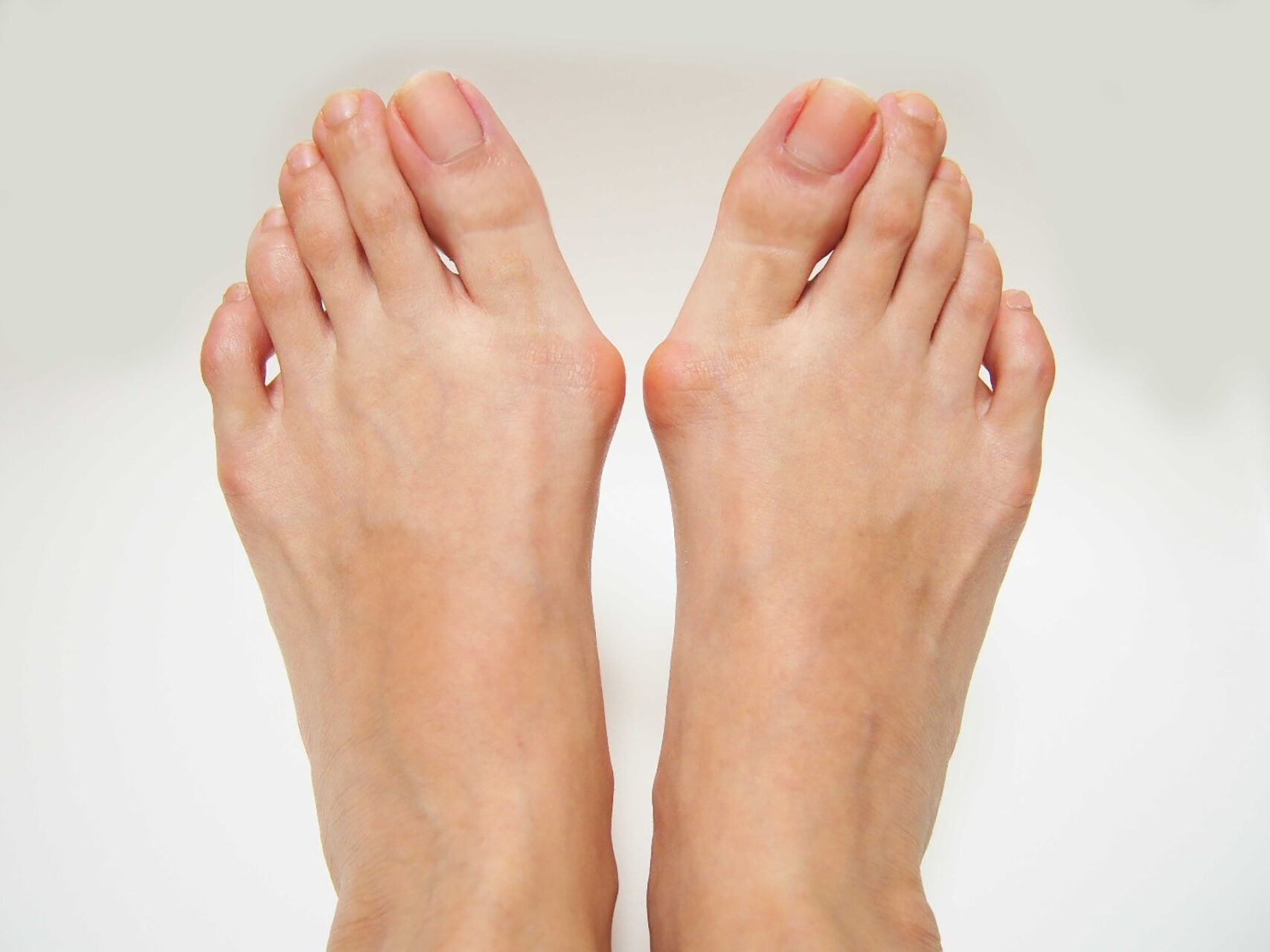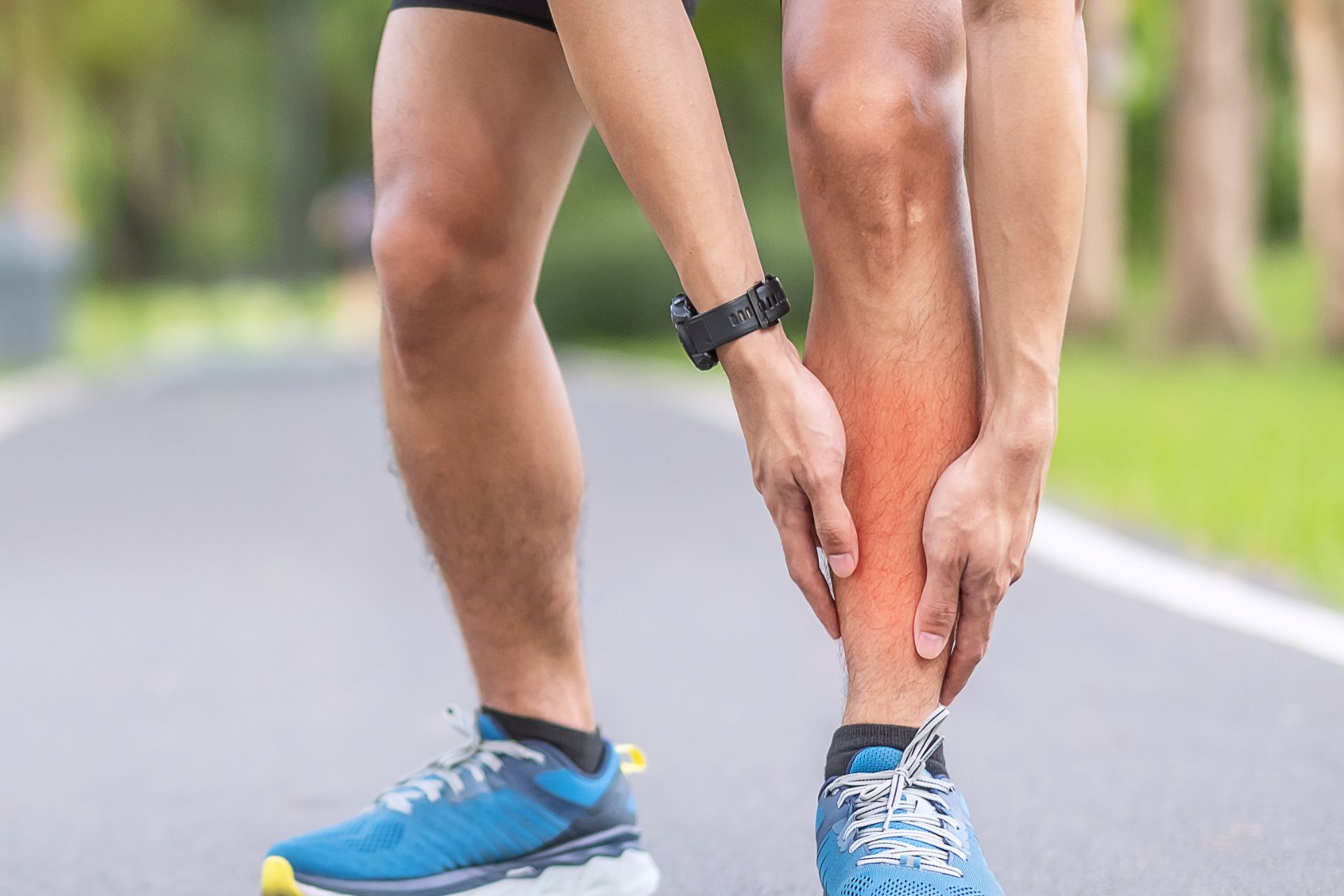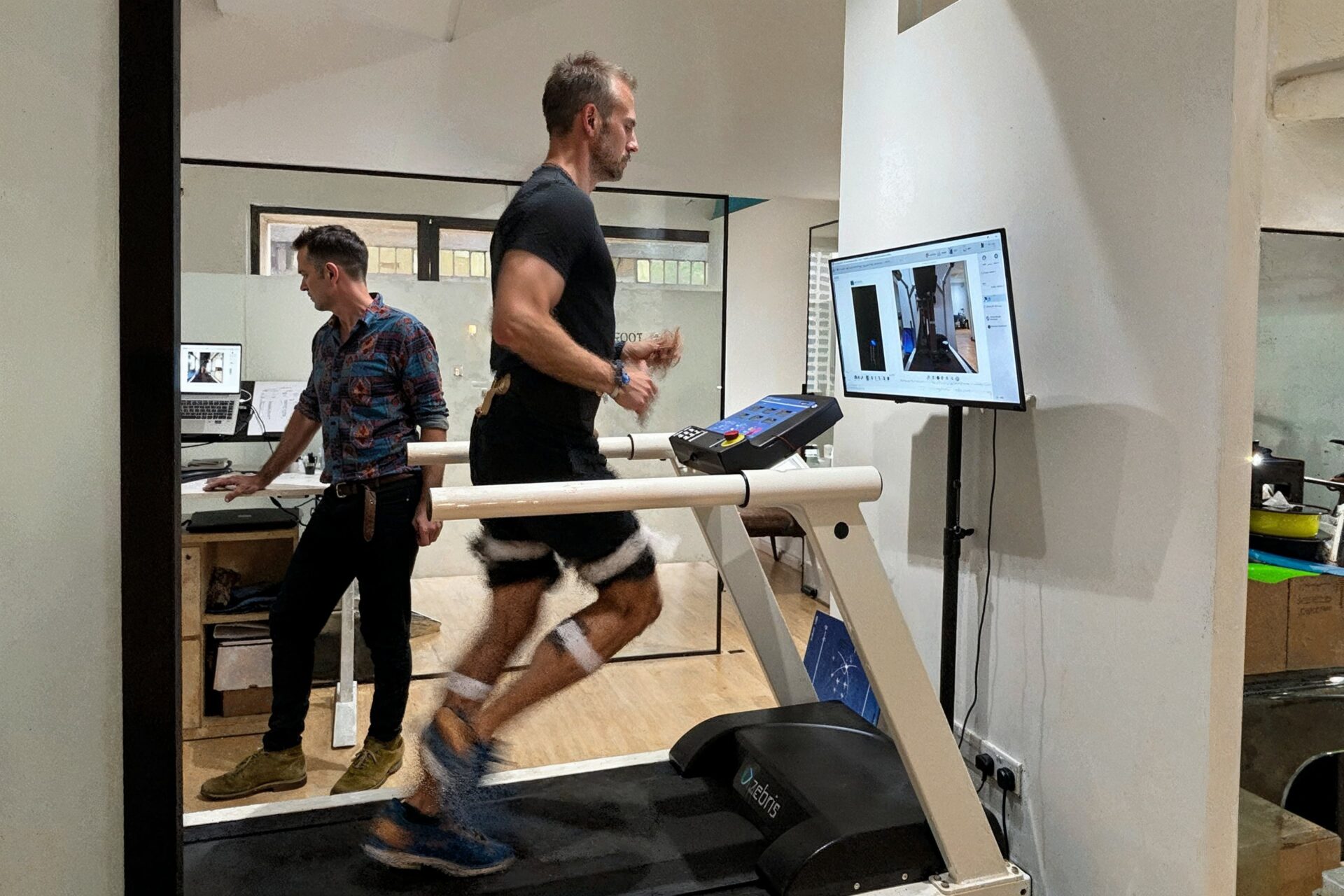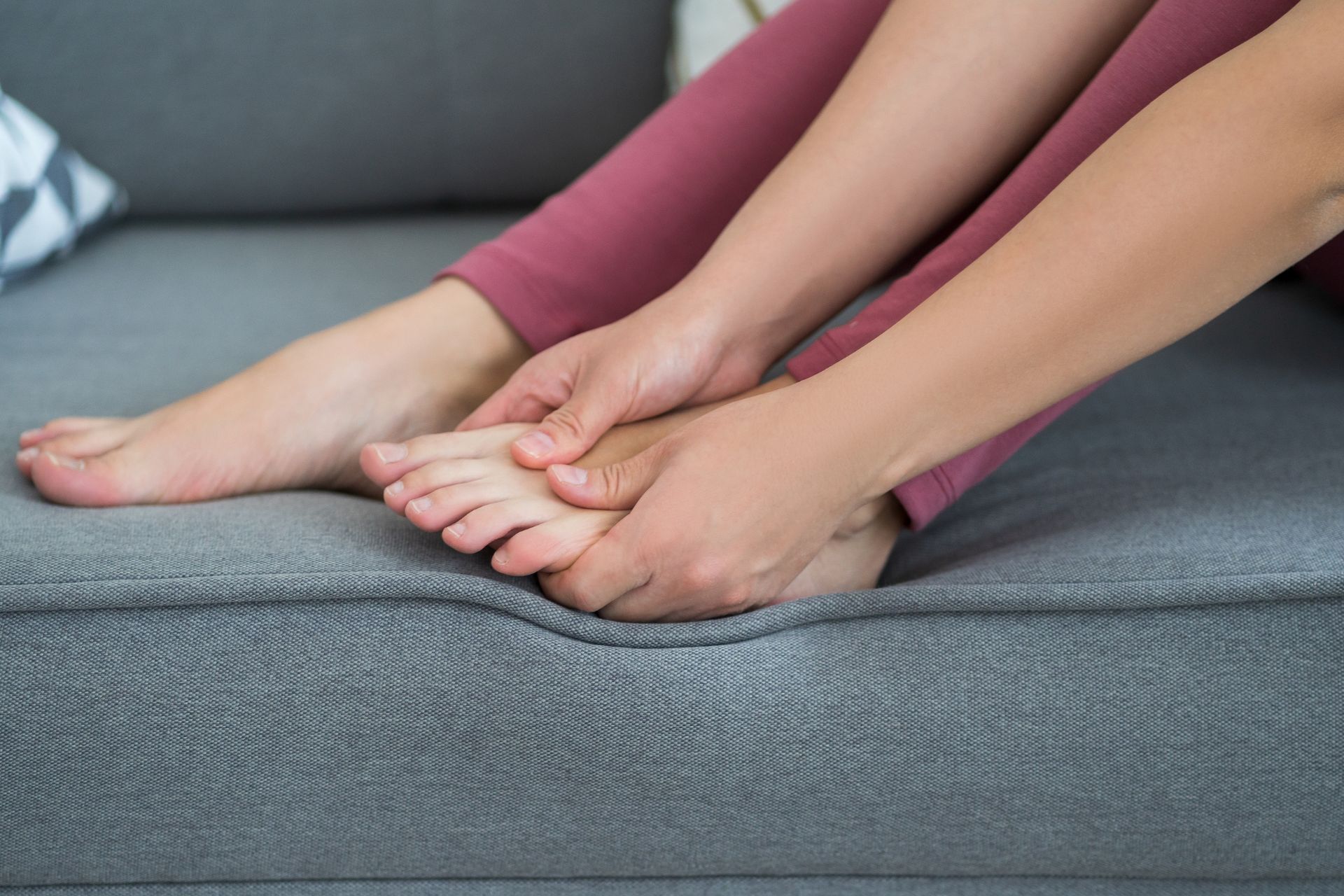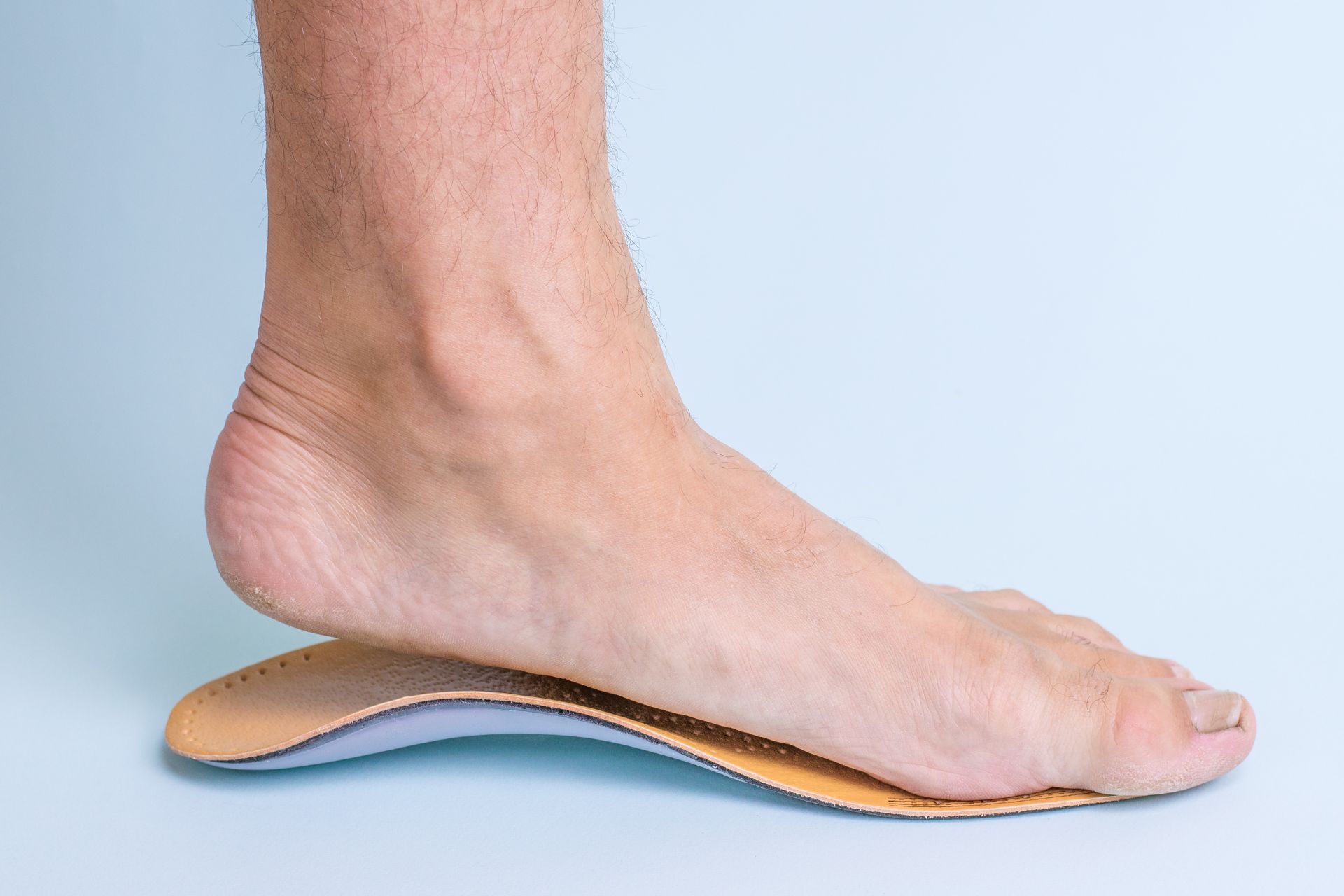Bunions are often mistaken for hallux valgus, a common foot condition where a bony lump forms at the base of the big toe. This lump is caused by pressure on the big toe joint, which causes discomfort and misalignment. Hallux valgus is one type of bunion; not everyone with a bunion has hallux valgus. The big toe gradually moves towards the second toe, and the base of the big toe pushes outwards to form a lump. The metatarsal bone plays a big role in bunion formation, as misalignment can worsen the condition. Over time, the condition can worsen, affect other toes, and cause misalignment.
What Are Bunions?
Bunions, sometimes inaccurately diagnosed as hallux valgus, is a common and painful condition that affects the joint at the base of the big toe. “Hallux” means big toe, and “valgus” means bent out or twisted out. Bunions occur when the big toe points towards the second toe, forming a deformed bony lump on the joint. This lump can be painful and may cause discomfort, especially when you wear shoes that rub against it.
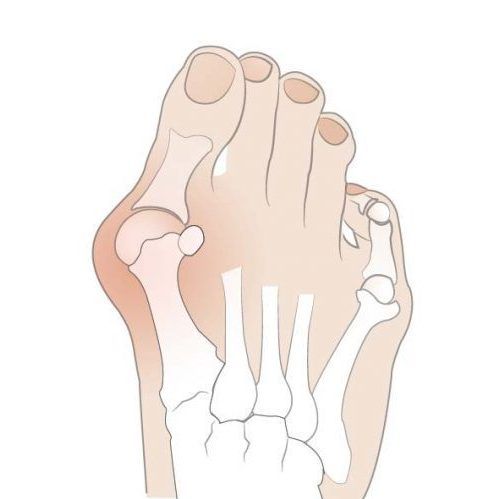
Bunions are caused by a combination of genetic and lifestyle factors, including poorly fitting shoes, abnormal foot mechanics and arthritis. Family history and obesity can also increase the risk of developing bunions. If left untreated, bunions can lead to further complications such as hammertoes, bursitis and chronic pain.
Bunion Causes
Bunion development is often hereditary. The alignment of the metatarsal bone can cause bunion formation by making the big toe deviate towards the other toes.
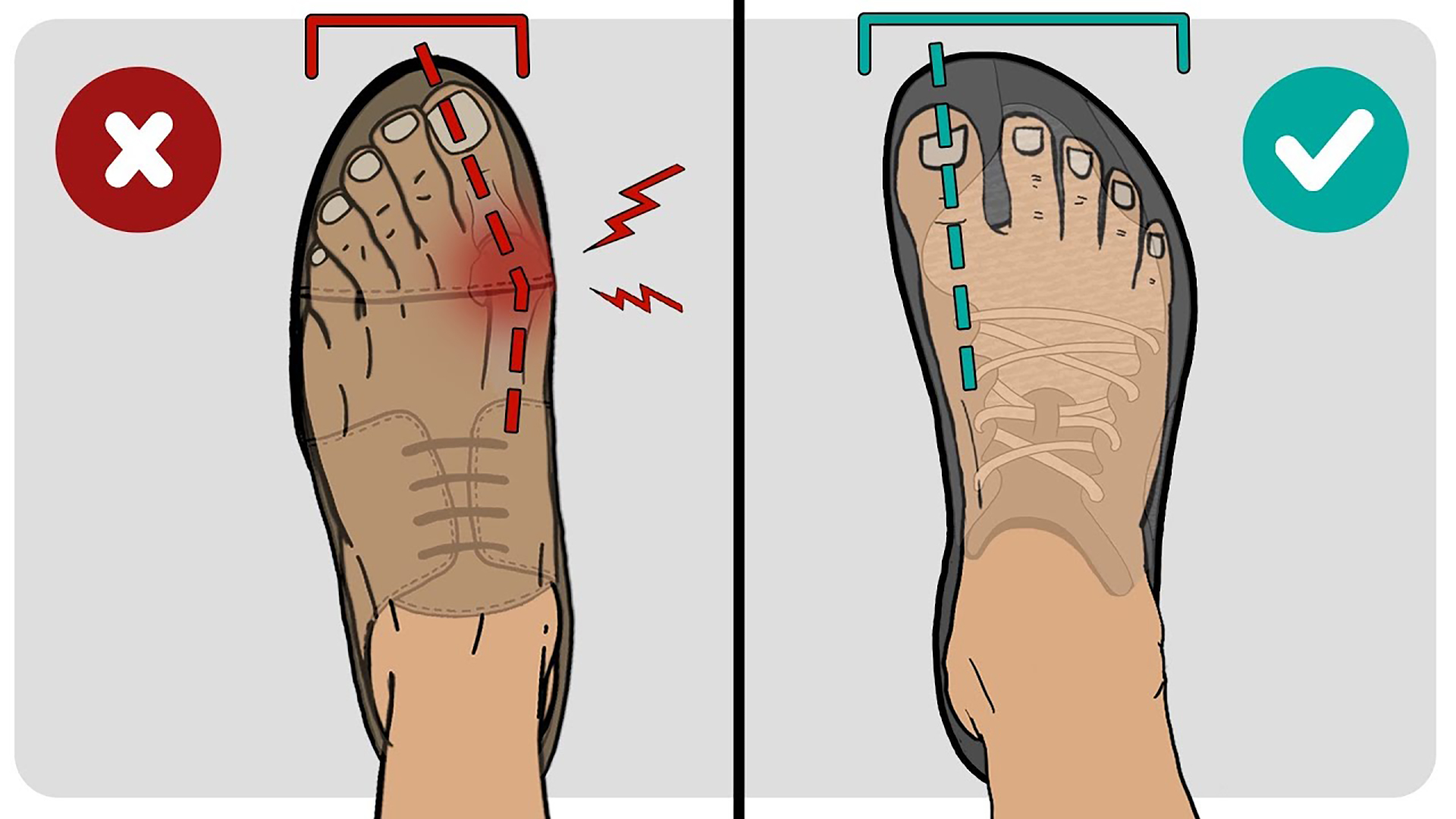
Many people inherit foot structures that make them more prone to bunions, especially when wearing tight or ill-fitting shoes that compress the toes. But tight shoes alone don’t cause bunions; they make them worse for people who are already prone to them.
Malalignment of bones, arthritis and other conditions can also cause bunions.
Bunion Pain Symptoms
Symptoms occur at the site of the bunion and around the big toe joint and may include:
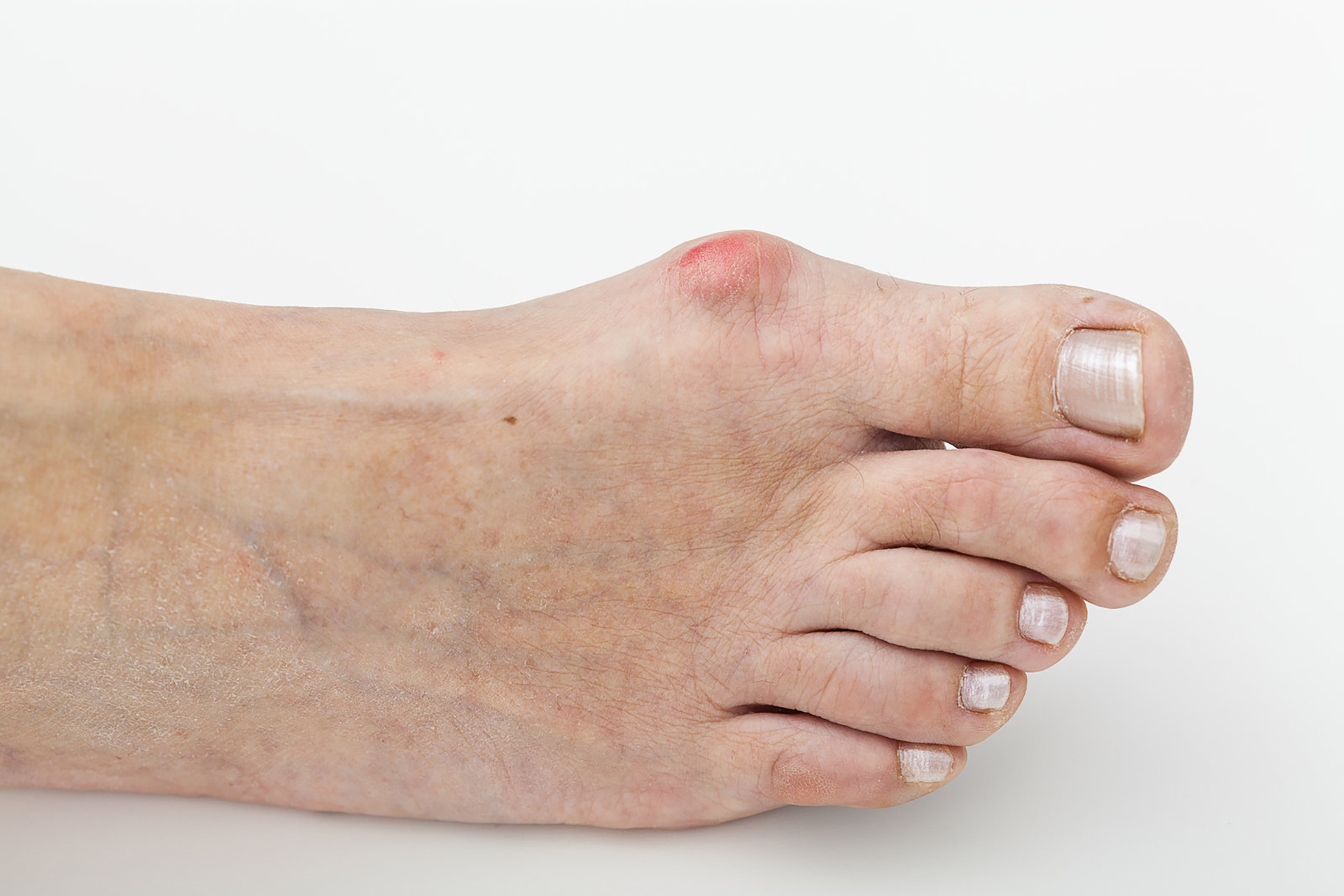
- Redness and inflammation around the joint.
- Soreness or pain especially with tight shoes.
- Burning sensation at the bunion site.
- Numbness in the big toe or over the bunion.
Symptoms get worse with prolonged standing, walking or wearing high heels. Women are more likely to develop bunions than men, partly due to shoe choices.
Bunion Diagnosis and Treatment
Bunions are diagnosed through physical exam. A podiatrist may also request X-rays to check bone alignment and determine the severity of the condition. If conservative treatment fails to alleviate severe pain or difficulty in walking, a podiatrist may recommend bunion surgery as the best option. Since bunions are progressive, they can worsen if not treated; early diagnosis is key.
Non-Surgical Treatments for Bunions: Bunion Pads
Here are some non-surgical treatments that can help manage bunion symptoms:
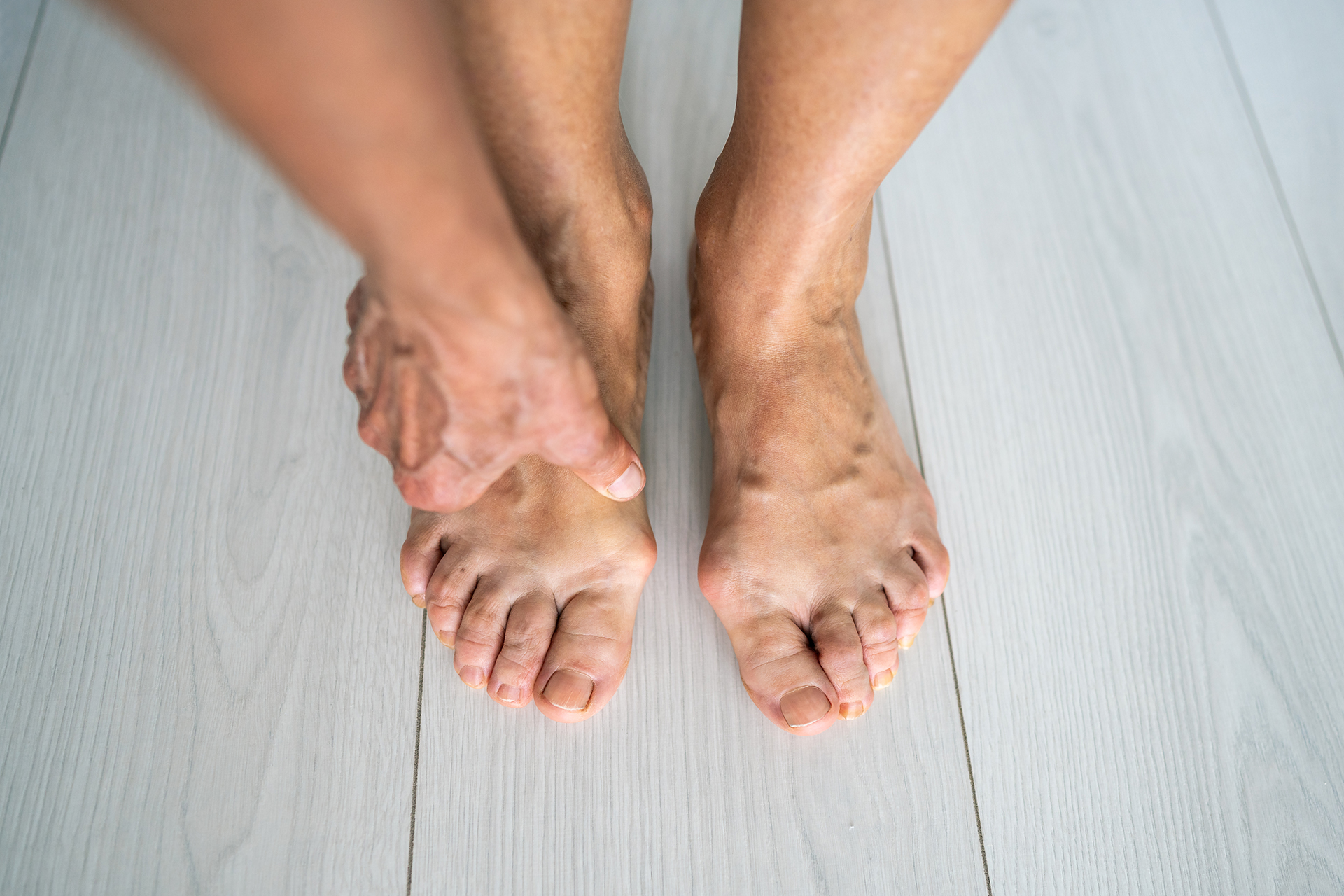
- Footwear Adjustments: Switch to wider and flatter shoes to relieve pressure on the joint. Options for shoes for bunions in Singapore are stylish and supportive shoes designed for wider feet.
- Padding and Orthoses: Padding over the bunion reduces friction, and custom orthoses distribute pressure evenly and improve foot alignment.
- Mobilisation Exercises: Specific exercises to improve joint mobility and strengthen surrounding muscles can slow bunion progression and reduce discomfort.
- Shockwave Therapy: Shockwave therapy is an advanced, non-invasive treatment that relieves pain and promotes tissue healing. Acoustic waves stimulate blood flow and repair damaged tissues, which is good for chronic pain caused by bunions.
- 3D Infrared Gait Analysis: Advanced gait analysis identifies biomechanical abnormalities that cause bunions. By knowing how you walk, podiatrists can recommend targeted interventions.
- RehaWalk® Technology: This state-of-the-art treadmill with pressure sensors provides real-time feedback for gait rehabilitation. It corrects walking patterns and relieves pressure on affected areas, a multi-faceted approach to bunion care.
Specialised foot and ankle service departments also offer these non-surgical treatments with patient comfort and quicker recovery time.
Medications and Corticosteroid Injections
Over-the-counter anti-inflammatory medications like ibuprofen can relieve pain and swelling. In severe cases, corticosteroid injections may reduce inflammation in the joint or surrounding bursa.
Surgical Options for Bunions: Minimally Invasive Bunion Surgery
If non-surgical treatments fail to provide relief, surgery may be recommended. Specialists in ankle surgery often perform bunion surgery because of their expertise in foot and ankle conditions. Singapore bunion surgery removes the bony bump and realigns the toes, restoring foot function. Standard surgical procedures include:
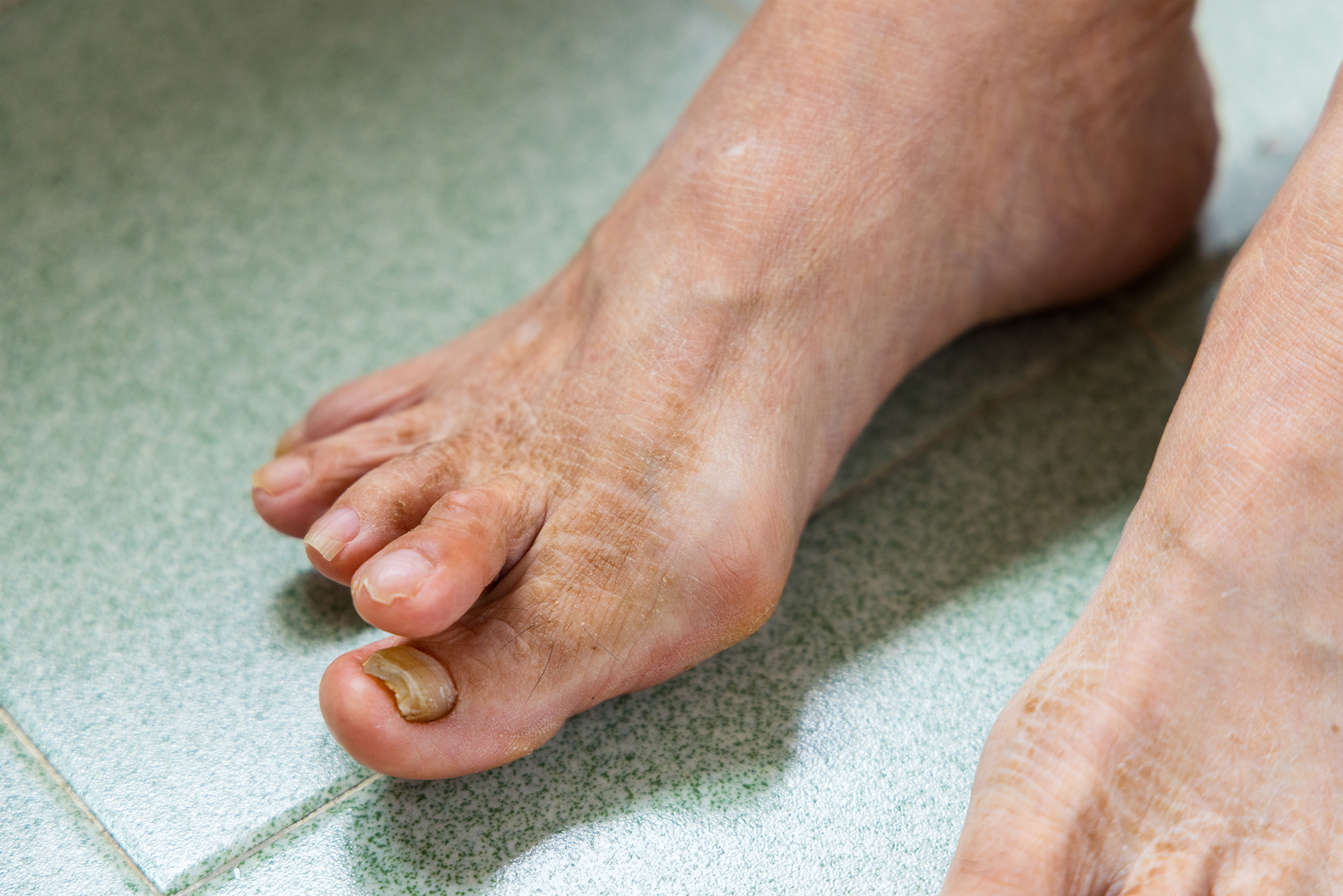
- Osteotomy: Cutting and repositioning of bones.
- Arthrodesis: Fusing of joints to correct deformities.
- Exostectomy: Removing the bony bump without addressing alignment.
- Lapidus Procedure: Fusing the joint at the base of the big toe to stabilise it.
While Singapore bunion surgery is effective, recovery time varies, and post-operative care is crucial for long-term success. Consulting a qualified podiatrist ensures the best surgical outcomes and minimises complications.
Minimally Invasive Bunion Surgery
Minimally invasive bunion surgery is a popular and effective treatment for patients with painful bunions. This type of surgery involves making small incisions in the foot to correct the bone deformity and relieve pressure on the bunion. Minimally invasive surgery has many benefits: less post-operative pain, swelling, and scarring, as well as faster recovery time.
During minimally invasive bunion surgery, the surgeon will make one or two small incisions in the foot depending on the severity of the deformity. The bone is then cut and realigned to correct the deformity, and metal pins or screws are used to hold the bone in place. The incisions are then closed with tiny stitches, and the foot is wrapped with a bandage.
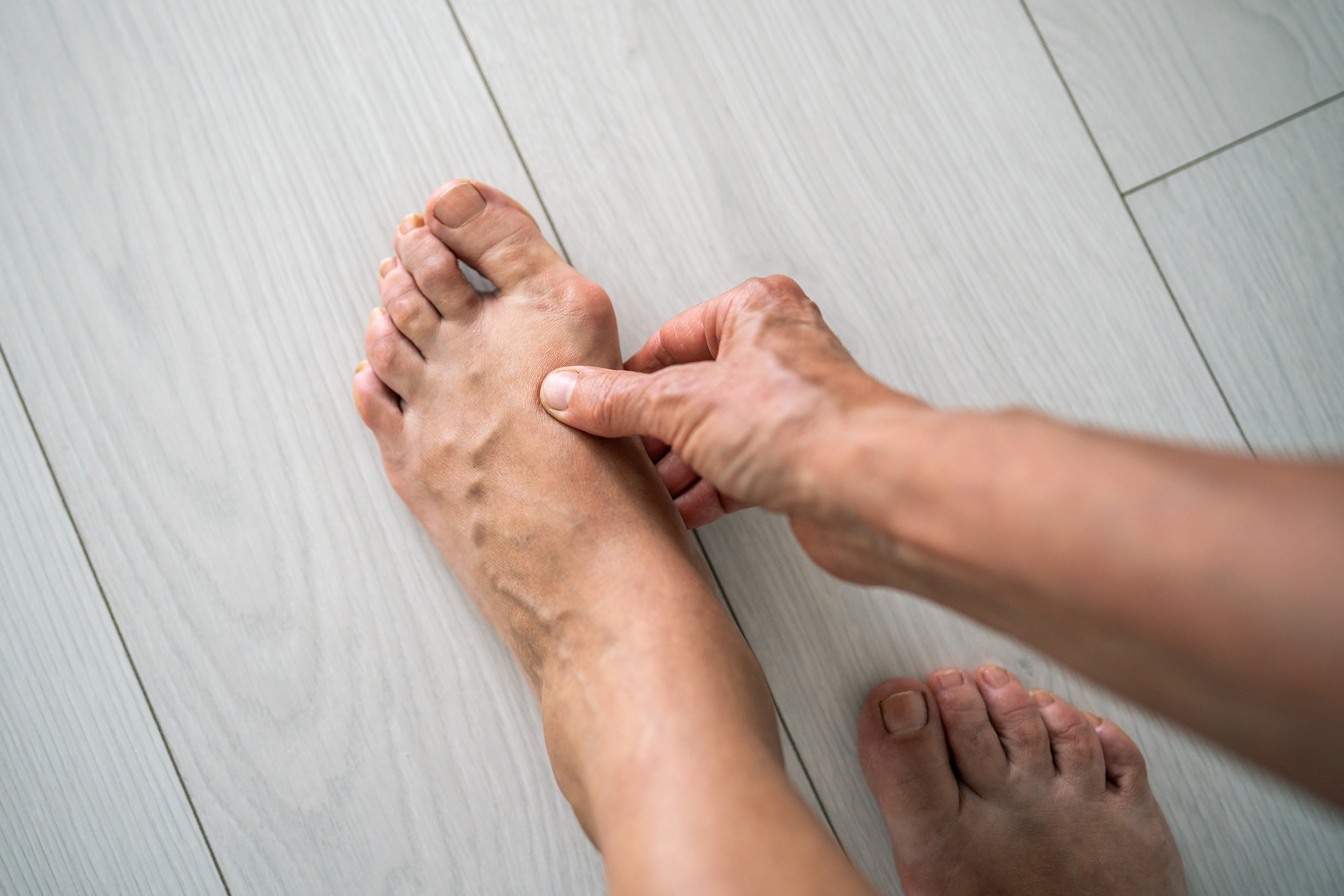
Postoperative Recovery
After minimally invasive bunion surgery, patients can expect a relatively fast recovery time. The foot will be bandaged for the first two weeks, and a toe alignment splint will be applied after removing the bandage. Patients can go back to normal shoes and back to work at 6-8 weeks. High-impact activities like running or jumping can be done at 3 months.
Follow the surgeon’s instructions strictly during recovery to ensure proper healing and minimise complications. Patients may experience some discomfort, swelling and bruising during recovery, but these can be managed with pain medication and ice packs.
Why Podiatry Is Important for Bunion Care
Podiatrists play a crucial role in diagnosing and treating bunions. Their expertise in biomechanics allows for a customised care plan that addresses the root of the condition. Here’s how podiatry helps in bunion management:
- Holistic Assessments: X-rays and gait analysis to identify underlying issues.
- Customised Orthoses: Orthotic devices to improve alignment and reduce stress on the joints.
- Rehabilitation Support: RehaWalk® and mobilisation exercises for long-term recovery and prevention of recurrence.
- Advanced Therapies: Shockwave therapy and 3D gait analysis for chronic pain and misalignment.
Who To See: Podiatrist vs Orthopedist
When it comes to bunion treatment, many patients wonder the difference between a podiatrist and an orthopedist. A podiatrist focuses only on the foot and ankle; they have specialised care for conditions like bunions. Orthopedists treat a wider range of musculoskeletal conditions but may not have the same expertise in foot-specific treatments. For bunion care, a podiatrist is usually the better choice.
Early Intervention
Early diagnosis and treatment of bunions can prevent severe misalignment and surgery. Non-invasive treatments like orthoses, mobilisation exercises and shockwave therapy are most effective when done early. Delaying treatment can lead to discomfort, joint damage and difficulty finding shoes that fit.
Managing and Preventing Bunions
Bunions can’t be prevented, but there are ways to manage them. Wearing shoes that fit and provide adequate support can reduce the risk of getting bunions. Avoiding high heels and shoes that are too narrow or tight can also help prevent bunions.
Bunion pads and shoe inserts can cushion the bunion and reduce pressure on the joint. Orthotics and physical therapy can manage bunion pain and prevent further complications. In some cases, surgery may be needed to correct the deformity and relieve pressure on the bunion.
See a podiatrist if you have bunion pain or discomfort. A foot and ankle specialist can diagnose and treat bunions and advise on the best treatment for your condition.
Start Your Bunion Journey
If you have bunion pain or discomfort, don’t wait for it to get worse. The Foot Practice in Singapore offers a full spectrum of bunion care, from footwear assessment to advanced technologies like RehaWalk® and shockwave therapy. Whether you need conservative management or are considering bunion surgery in Singapore, our podiatrists are here to help.
Book an appointment today to start curing bunions and get comfortable feet.

